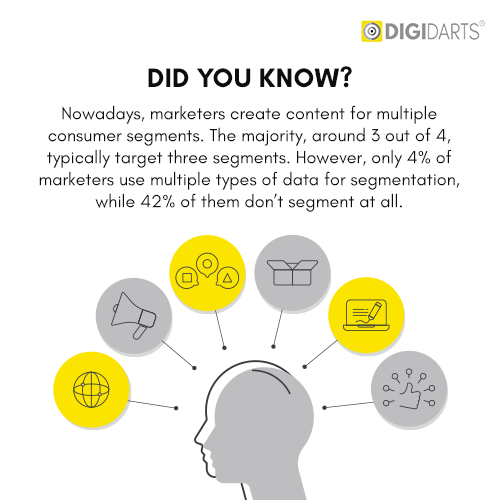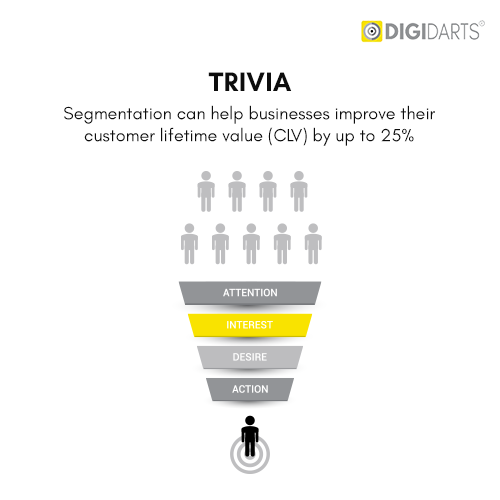International Women's Day (IWD) is an annually honored celebration internationally in praise of the succession of women from social, economic, cultural, and political perspectives. The event is characterized as a day that intends to honor progress, calls to change, and celebrations that mark the contributions made by women to society. This definitely offers a perfect opportunity for brands to connect with their female target audience and drive change. This blog post aims to look into KPIs in Women's Day campaigns for gender demographics, engagement metrics, meta-strategy, and customer lifetime value (CLV) of the female consumer. These strategies will enable you to scale your brand and business and if you align with a Meta Partner Agency; your marketing efforts can be really rewarding.

Gender Demographics:
It is, therefore, important that the women's day campaigns are targeted and, in turn, effective with the view of the gender demographics of the audience. Start with your present customer data and know the percentage of women in your target market. This will be able to position your messaging and any offers that are presented in such a way as to appeal to women. Even gender demographics could be collected by customer surveying, and even social media could be used to ask customers to provide gender information if required, giving you an even more accurate idea about your customers.
This could also be best determined using other platforms of use such as Google Analytics, Facebook, among other demography insights that could be helpful in trying to understand gender composition.
Engagement Metrics:
The engagement metrics describe how well your Women's Day campaign is received by the audience: likes, comments, shares, and the number of clicks under the pieces of content of your campaign. From the analysis above, you will realize being effective in messaging and managing the spaces for betterment.
For instance, many likes and shares of a campaign would mean that the message has, in your audience's eyes, taken its effect. A low level of activity, on the other hand, might point out a change in strategy or message.
Meta-Strategy:
Meta-strategy is the high-level guideline that is guiding your Women's Day campaign. It will comprise your campaign objectives, target audience, messaging, and channels. Building a good meta-strategy is key for your campaign to be aligned with your overall business objectives and brand values.
When developing your meta-strategy, consider the following questions:
- So, what exactly on this line would be the objectives of the Women's Day campaign?
- Would you target pushing the sales or raising more awareness or support for gender equality?
- Who is your target audience? What are their demographics, interests, and values?
- What messaging will resonate with your audience and align with your brand values?
- What channels will you use to reach your audience? Will you focus on social media, email marketing, or other channels?
- How will you measure the success of your campaign? What KPIs will you use to track performance?
This series of questions will be helping to form a meta-strategy that shall guide your Women's Day campaign and understand the objectives that you shall have to reach.

CLV of Female Consumers:
The customer lifetime value (CLV) tells the amount of value that a customer adds to the system over the span of his life. By measuring the CLV of your female customers, you would be able to predict what effect the Women's Day campaign has in the long run and, if needed,you can tune up your marketing activities. That is to say, if a person wants to compute the CLV for their female customers, they have to put in parameters like the average value of purchase made by the female customers, purchase frequency, and retention rates. Analysis of such metrics will show how to increase the CLV for your female consumers through marketing campaigns to and offers that are specifically for women.
Conclusion
Apart from these, knowing the gender demographics of your audience and tracking metrics around engagement, developing a strong meta-strategy, and understanding the CLV of your female consumers; you can easily create campaigns that would touch the right audience, trigger engagement, and, as a result, drive business growth. We know that these metrics seem very cumbersome and this is exactly where an agency that is a Google Premier partner comes in. These agencies are experts in the field of performance marketing and can help propel your brand to greater heights.
















